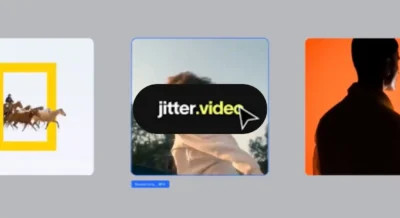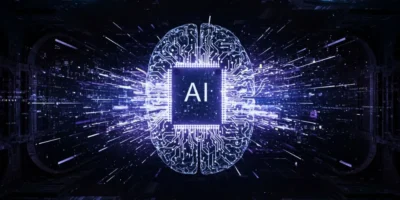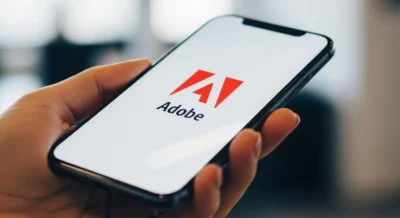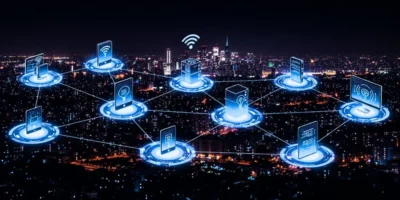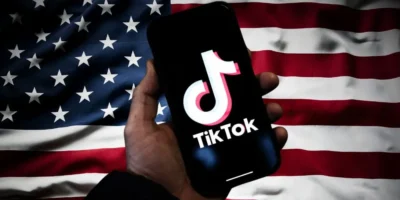For more than a decade, our digital lives have revolved around a simple grid of icons on a screen. Need to order food? There’s an app for that. Want to check the weather? Open the weather app. This model has served us well, but its time is coming to an end. We are quietly shifting away from a world of individual apps and entering a more seamless, intelligent future where the app itself becomes invisible.
We Have Too Many Apps
Let’s be honest: our phones are cluttered. They have become digital junk drawers filled with apps we downloaded for one specific reason and then never touched again. This “app overload” is inefficient. We waste time hunting for the right icon and navigating different menus for simple tasks. Most people use the same handful of apps every day, while dozens of others just take up space. The current model is unsustainable.
Assistants Are the New Interface
The first major crack in the app model is the rise of voice assistants. Instead of finding and opening the Spotify app to play a song, you just say, “Hey Siri, play my morning playlist.” The assistant figures out the rest. You are stating your intention, and the technology does the work in the background. The app becomes the plumbing, not the faucet you have to turn yourself.
Information That Finds You
We are also moving away from having to seek out information actively. Today, information comes to us through smart notifications and widgets. Your boarding pass appears on your lock screen when it’s time to go to the airport. Your phone tells you there’s heavy traffic on your route to work. You no longer have to open the airline app or the map app. The most useful part of the app is brought directly to you, exactly when you need it.
Services Instead of Silos
Apps are no longer separate islands. Their functions are being woven into other platforms. You can book a restaurant directly from Google Maps instead of opening a separate reservation app. You can order a pizza through a chat with a bot. The best features of our favorite apps are becoming services that can be called upon from anywhere, breaking down the walls between them.
Conclusion
The grid of app icons isn’t going to vanish overnight, but its importance is fading fast. We are moving toward a more natural way of interacting with technology, one that is driven by our intentions, not by tapping on a logo. The future isn’t about opening an app; it’s about getting something done. As AI assistants and interconnected services get smarter, the app as we know it will recede into the background, powering a digital world that finally works for us.


